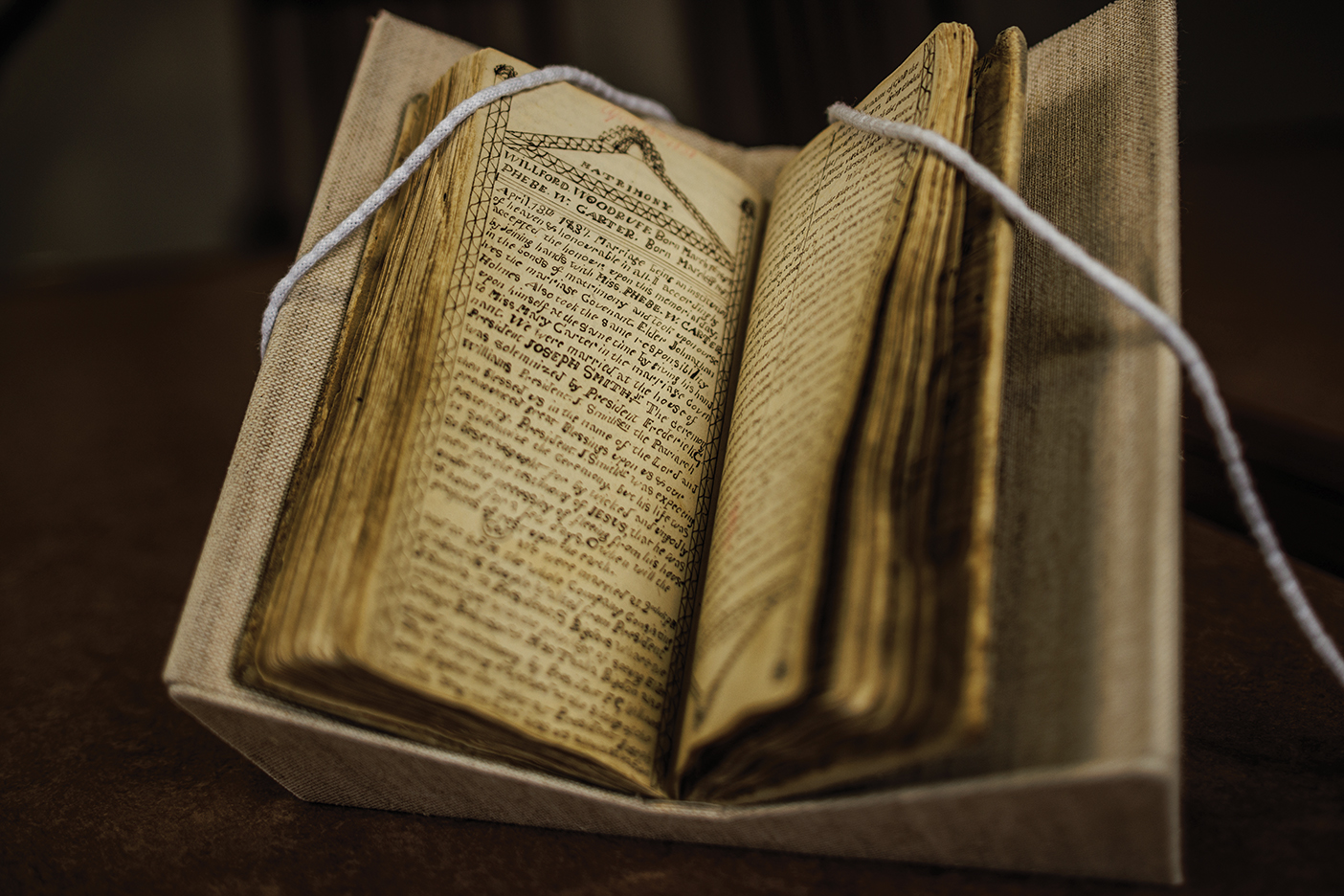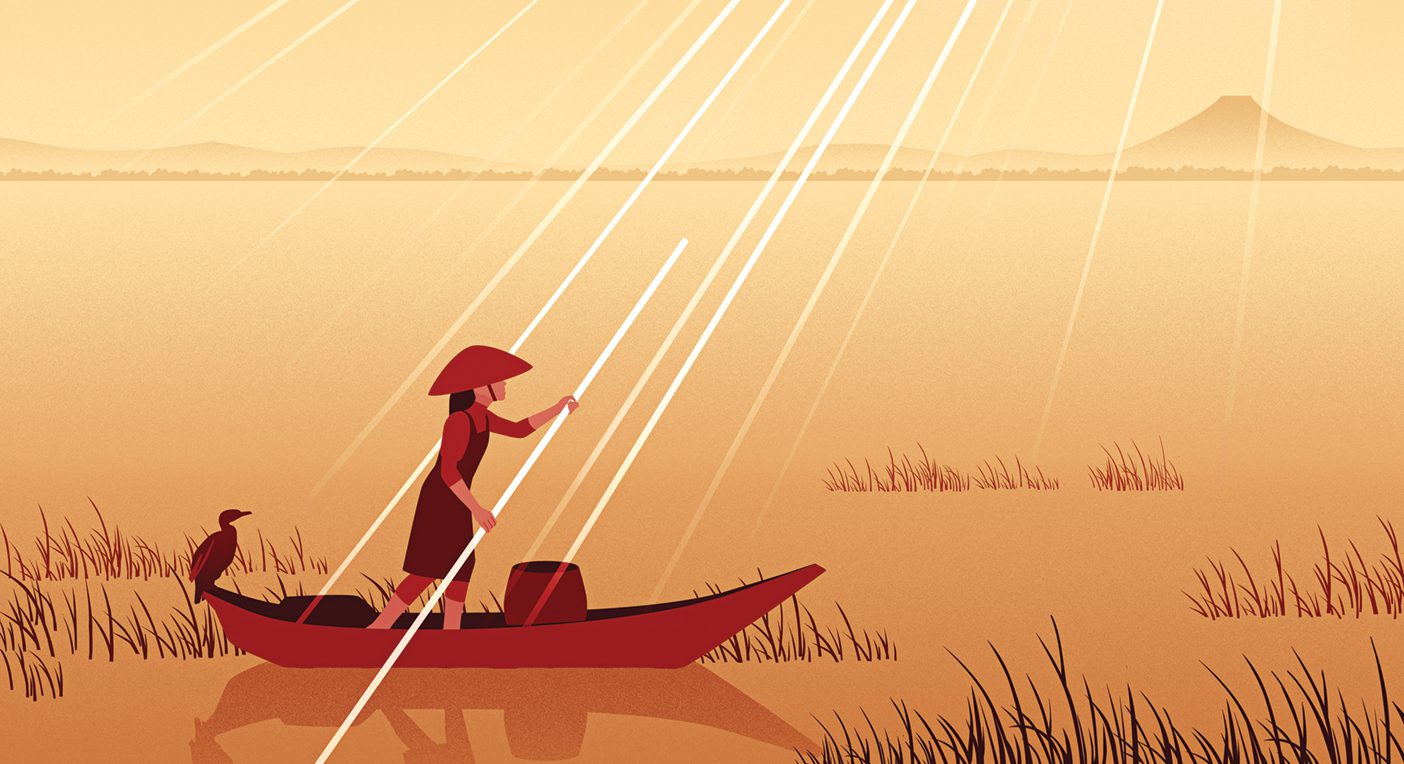Thanks to the efforts of BYU alumni, professors, and students, Wilford Woodruff’s records of the Restoration are becoming available to all.

“Had Wilford Woodruff been with Joseph Smith in 1820, we would probably know the exact date of the First Vision—as well as which tree Joseph knelt by and how many steps he took from his back door,” says Jennifer Turley Mackley (BA ’90). Mackley founded the Wilford Woodruff Papers Foundation with BYU Asian and Near Eastern languages professor Donald W. Parry (BA ’84, MA ’85) in 2019.
“[Woodruff] recorded every step [the Saints] took,” says Mackley, who has spent the last 25 years studying Woodruff’s life.
The Woodruff Papers project aims to transcribe and publish every extant Woodruff document from 1833 to 1898 on its website, wilfordwoodruffpapers.org, in the next 10 years. This is no small task: among Woodruff’s records are 30,000 letters, 31 daybooks and journals, 11 autobiographies, and 3,500 speeches. These writings will illuminate early Church history and help everyday Saints gain strength from Woodruff’s experiences.
“Without his records, there’s an enormous amount of information we simply don’t know, including a lot of what Joseph Smith taught about the temple,” says Steven C. Harper (BA ’94), BYU professor of Church history and doctrine and executive editor of the Wilford Woodruff Papers project.
Woodruff kept his letters and journals in a trunk that traveled with him, even on his mission to England. His grandson’s wife found it—full of Woodruff’s precious writings—in the basement of their house 78 years after Woodruff’s passing.
These documents are being transcribed by 20 student interns and 100 volunteers, including expert historians and genealogists who help identify the people Woodruff mentions. Soon, these identifications will be available on FamilySearch.
Woodruff’s handwritten words, which transcribers affectionately call “Woodruffish,” comprise three languages, two types of shorthand, and unique spellings. “We’re deciphering something that truly looks like hieroglyphics,” Mackley laughs, “but it grows on you.”













